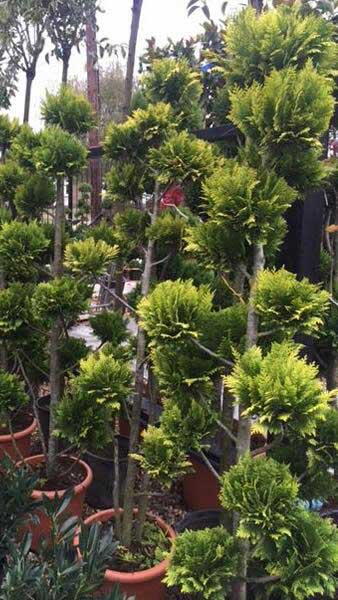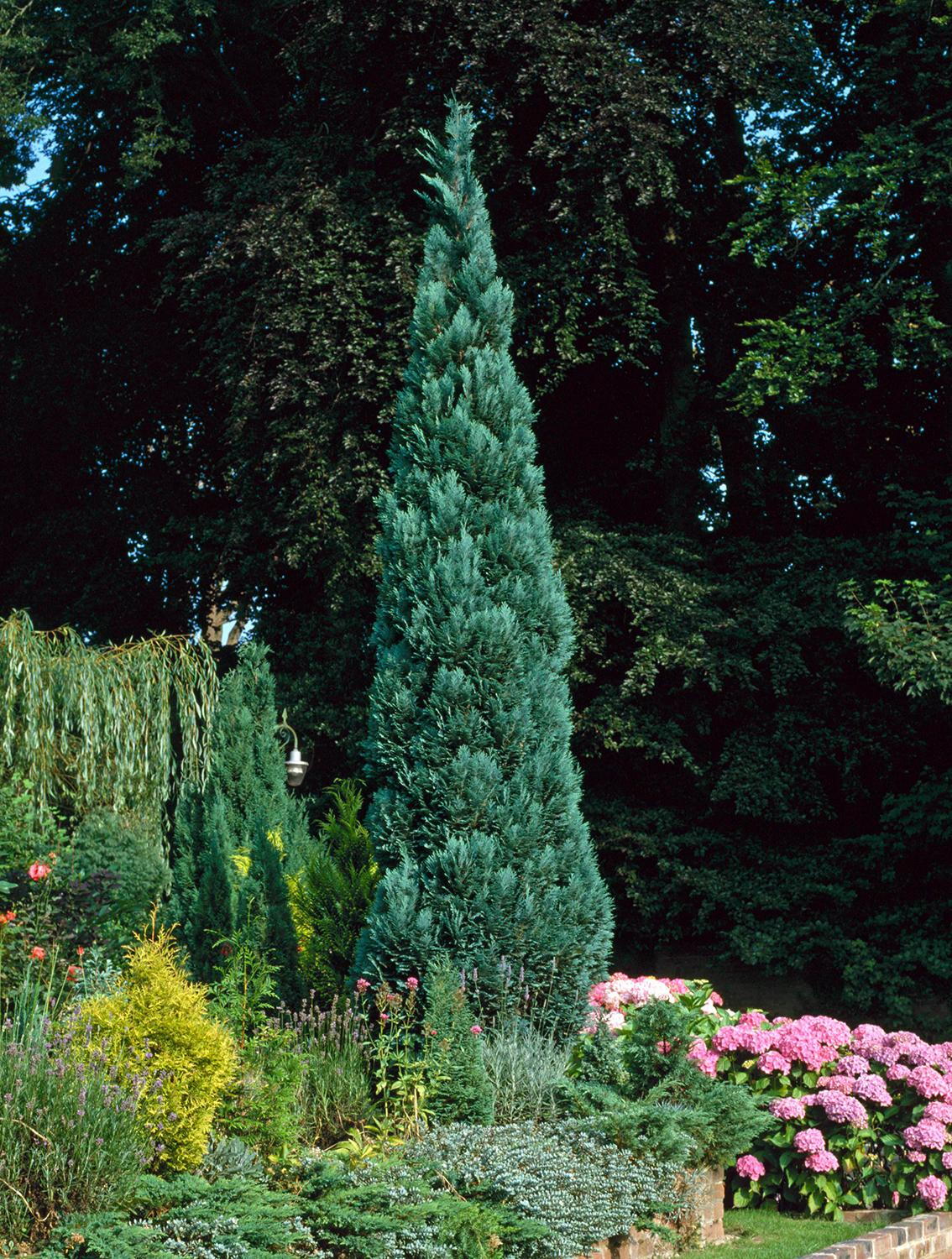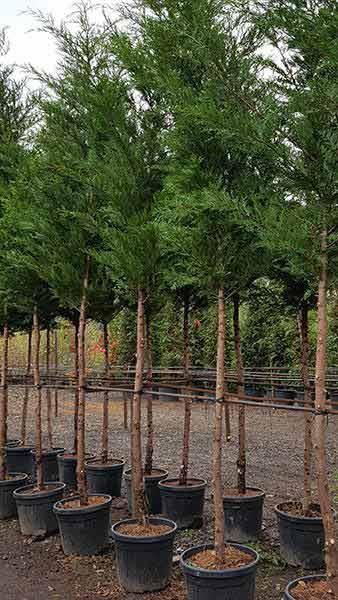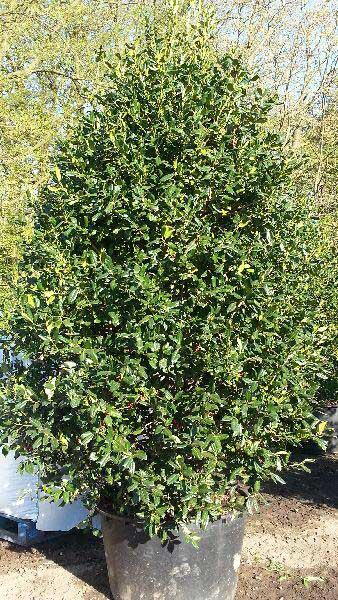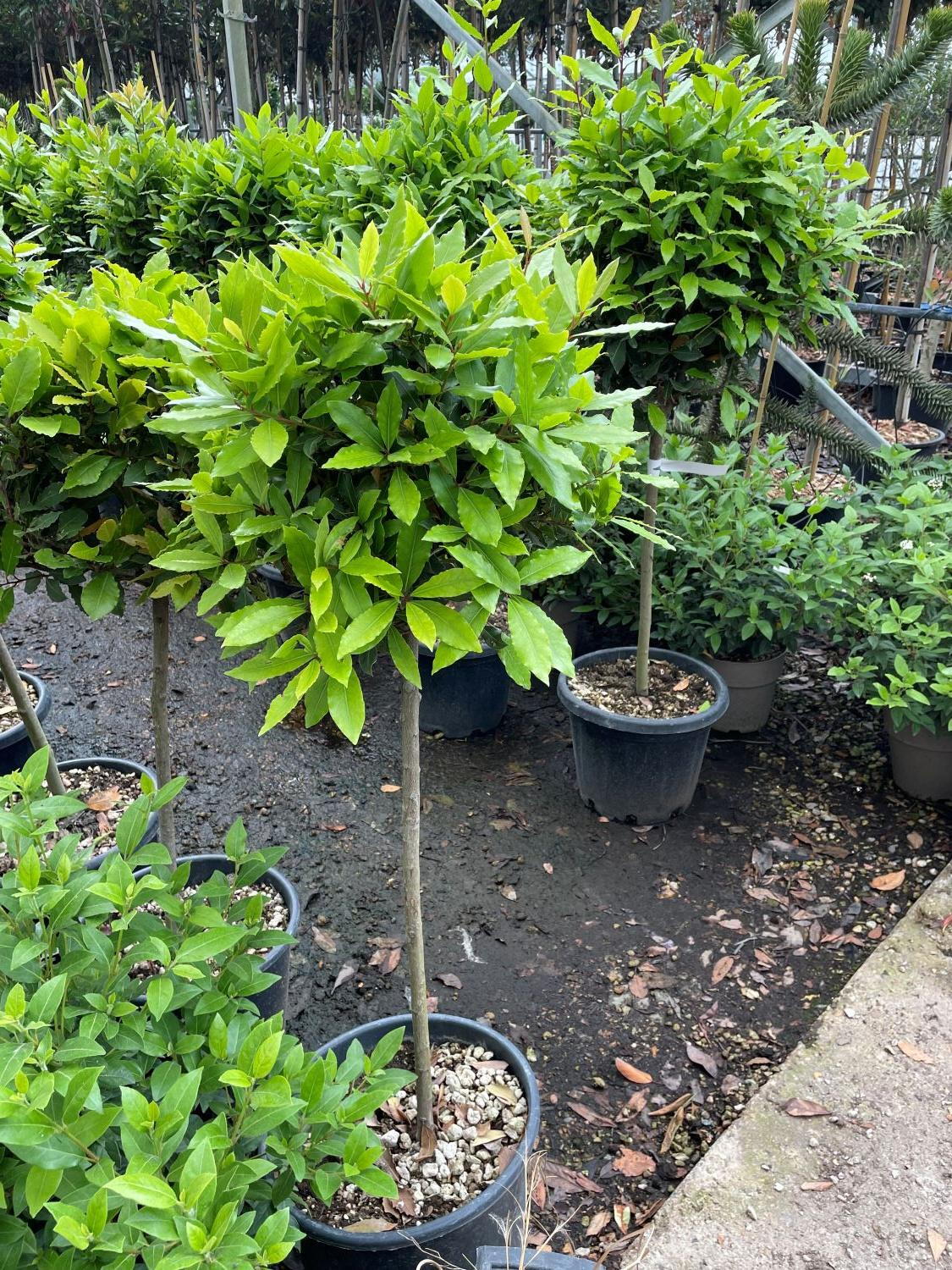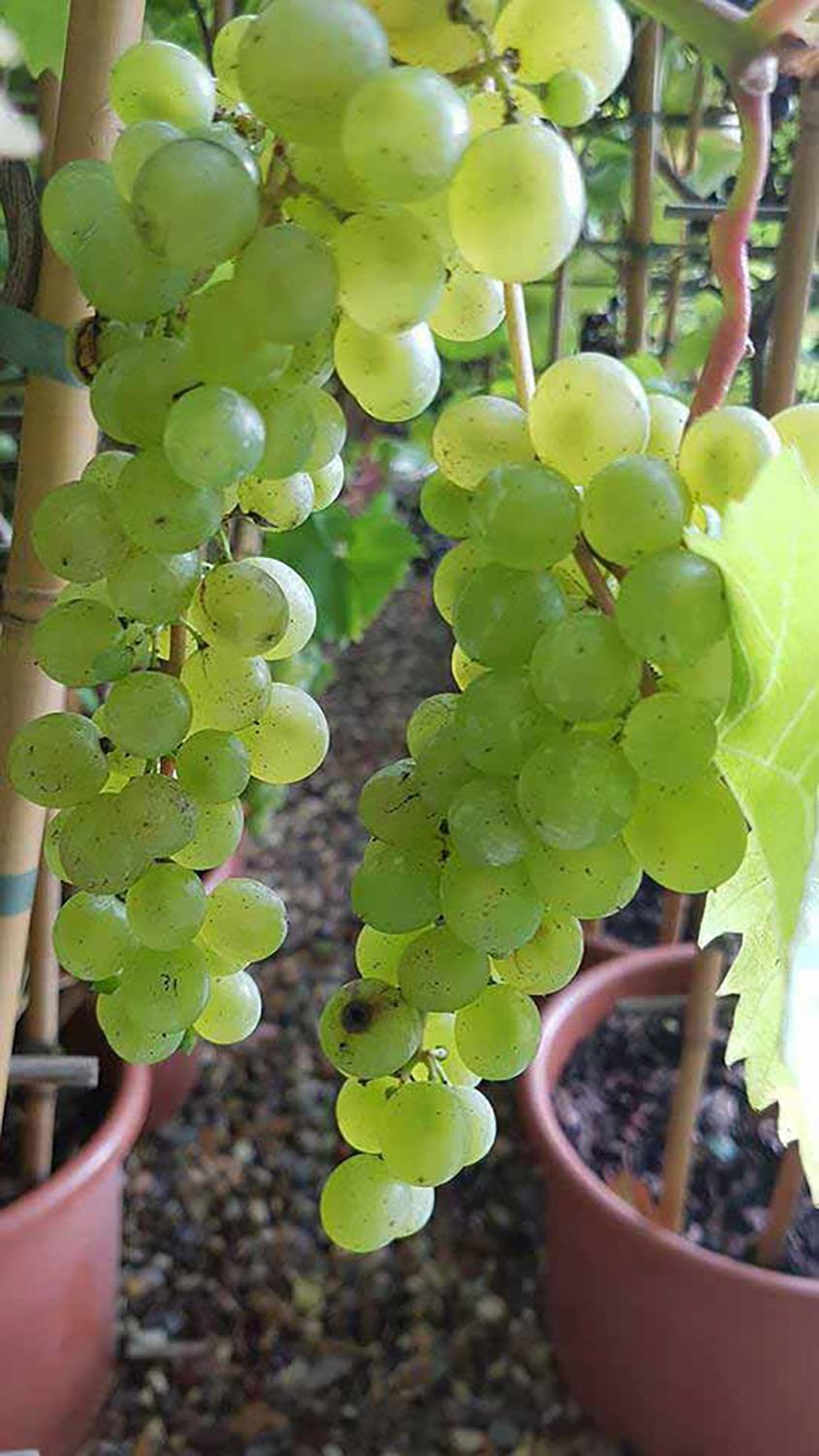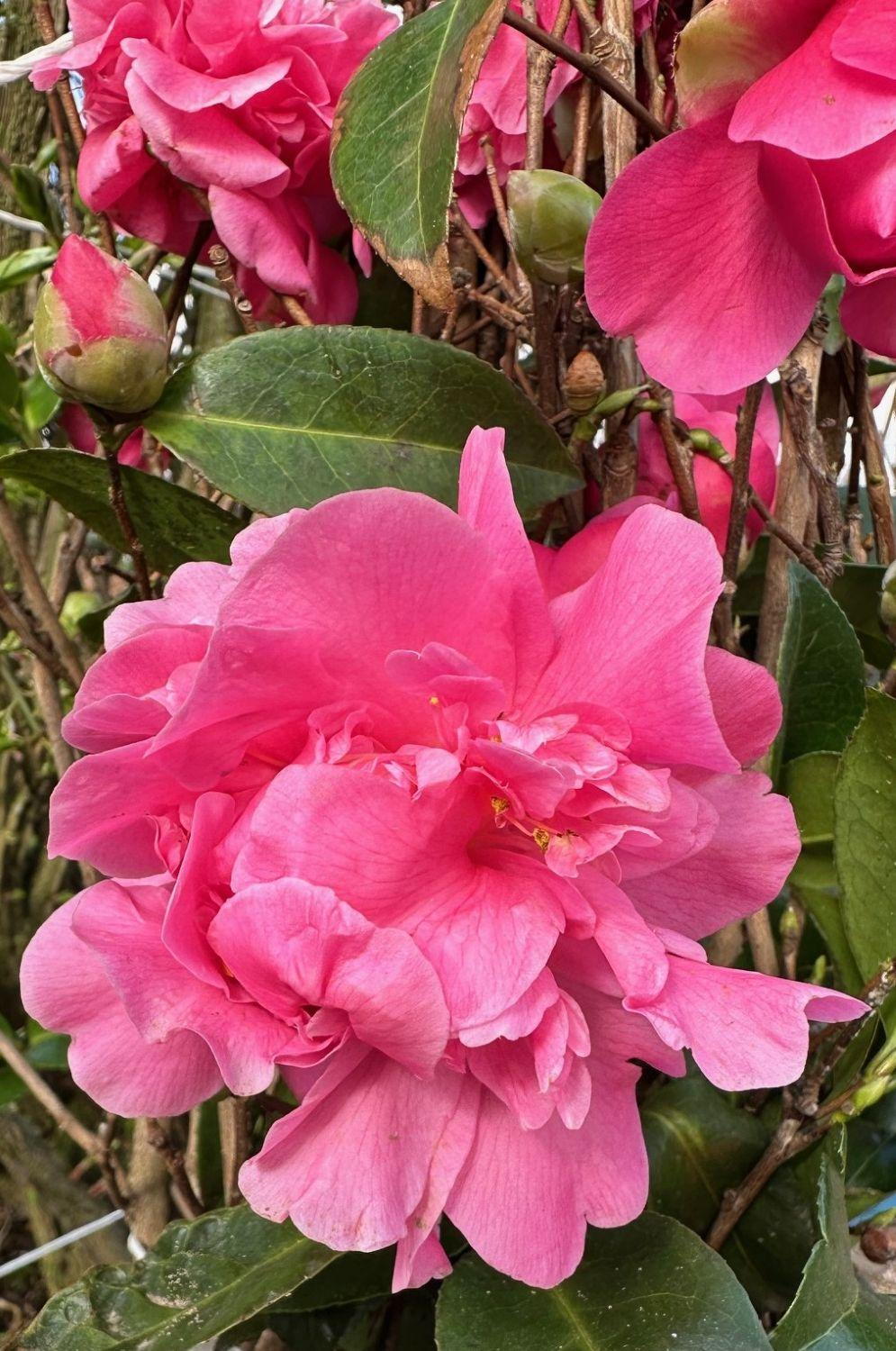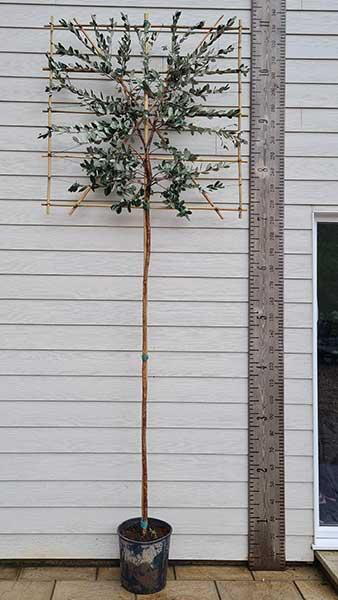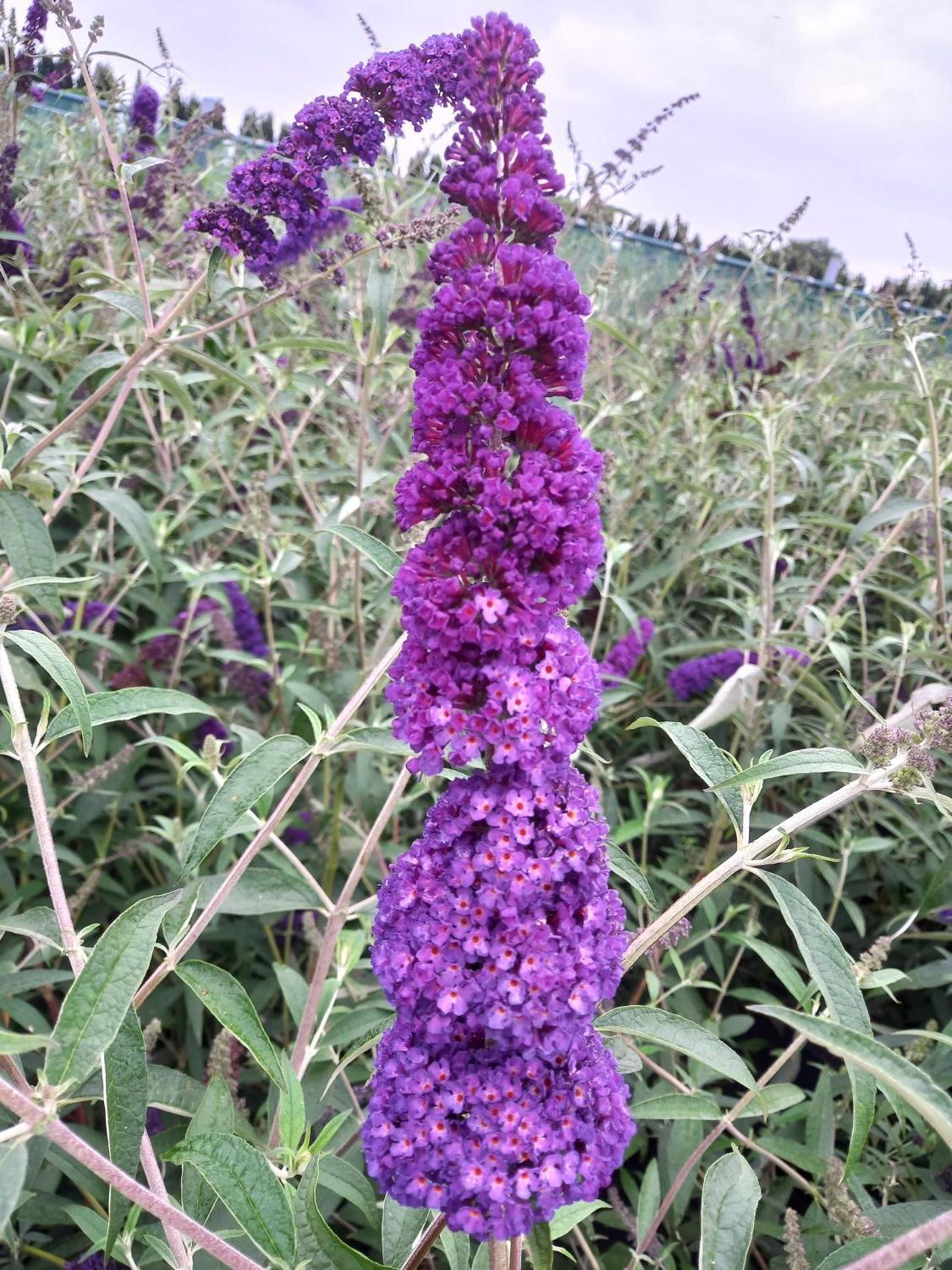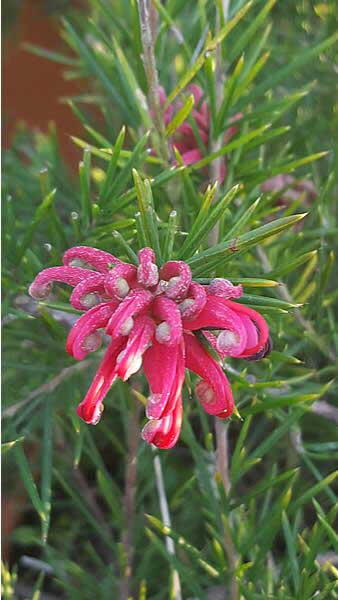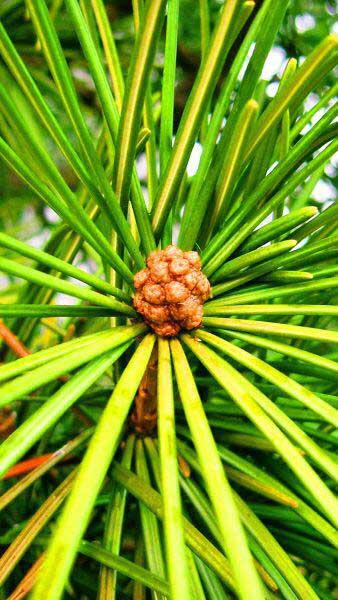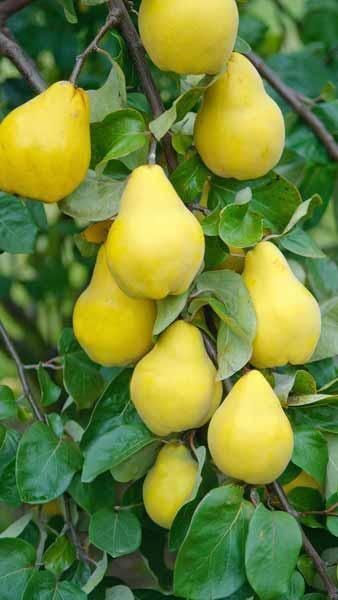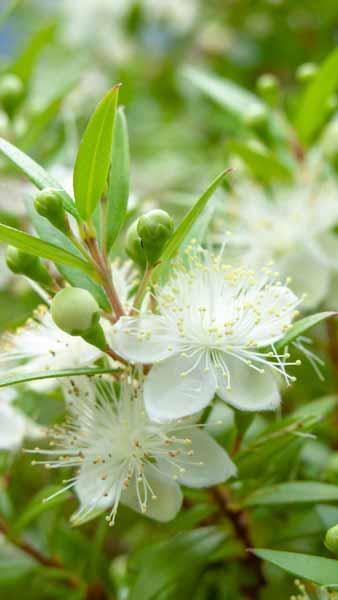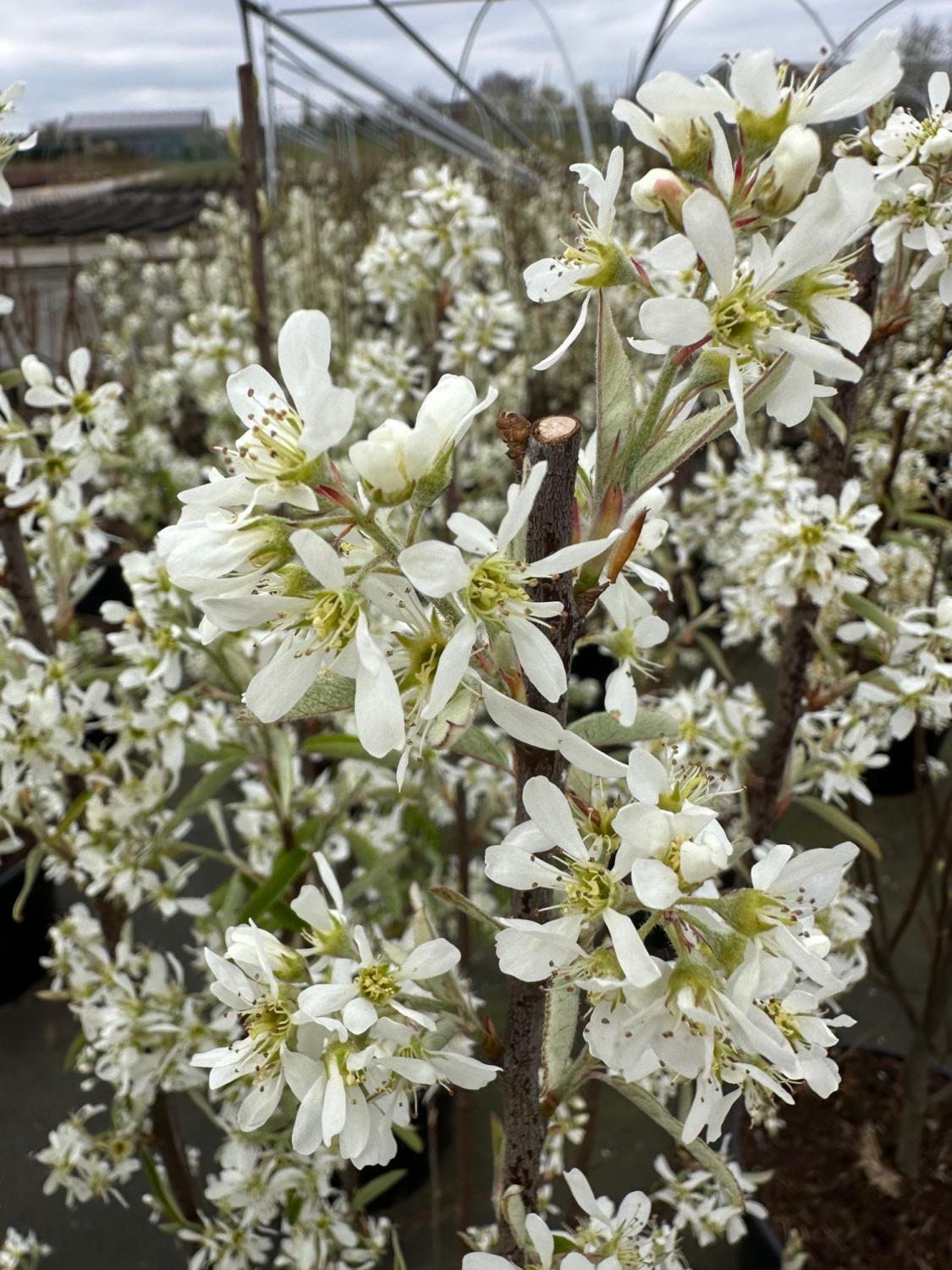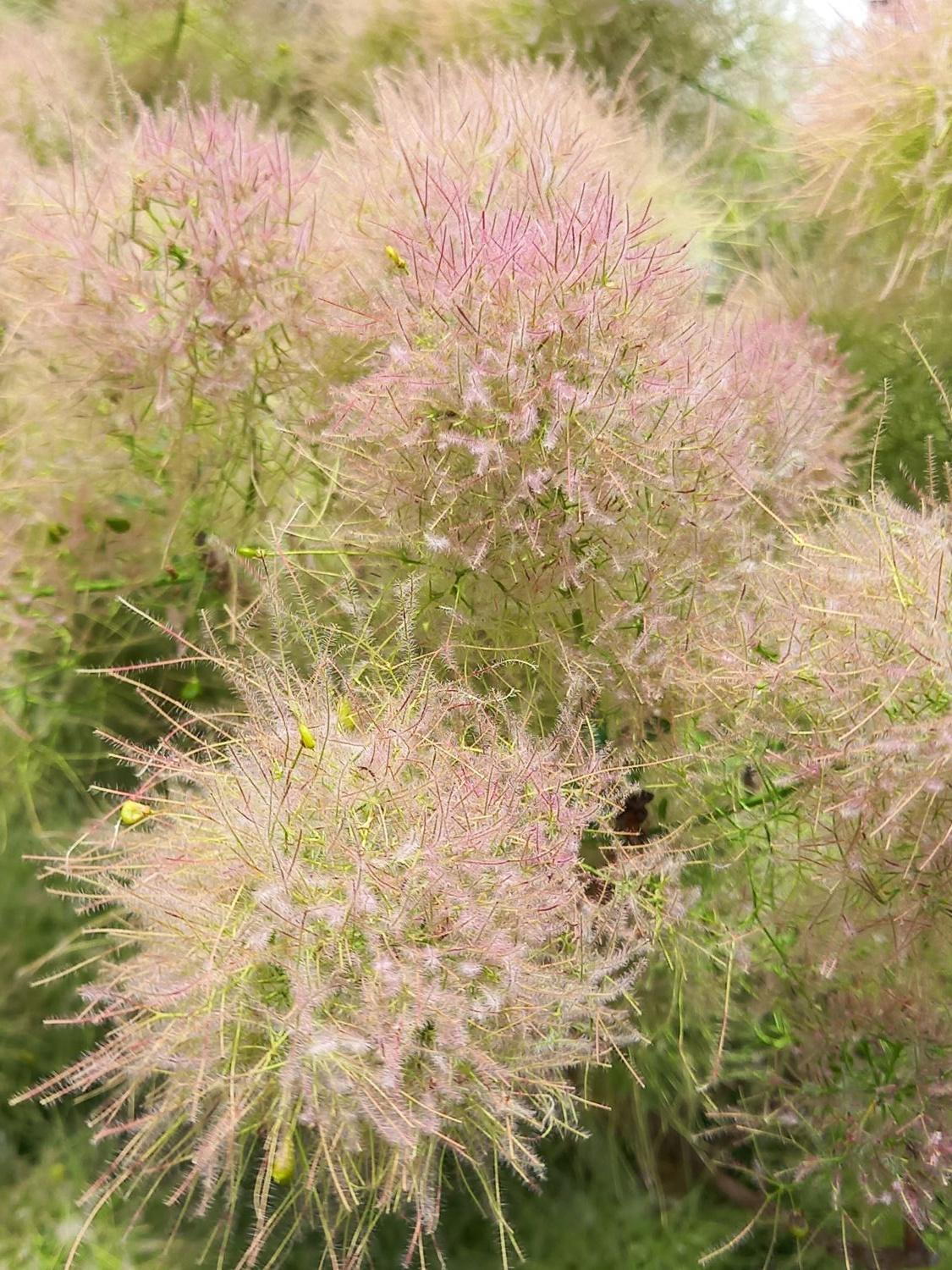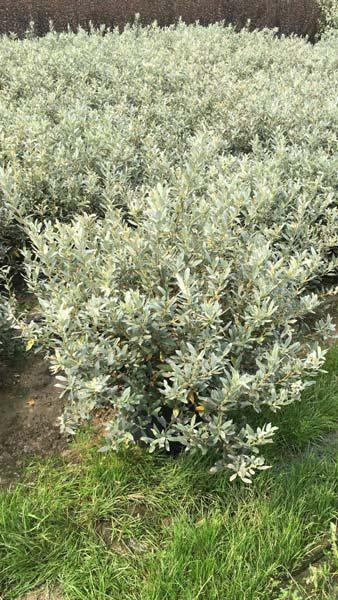Cydonia oblonga Champion Quince Tree for Sale Online UK
Cydonia oblonga Champion, or Quince Tree Champion, has so many desirable qualities that it is difficult to list them all! From its delicious autumn fruits, to its lovely spring blossoms, and its small size suitable for any space, this lovely fruit tree will fit in anywhere! Cydonia oblonga was a favourite fruit tree in the ancient Mediterranean, where it was cultivated by the Greeks and Romans. The first records of Quince being grown in the UK are from 1275 when Edward I planted four at the Tower of London. Cydonia oblonga Champion was bred in the late 1900’s in the United States, and is one of the most dependable Quince Tree varieties. In early spring, the dark green, leathery leaves emerge, followed by the blossoms in late May into June. The pale pink single flowers, similar to apple blossoms, are scattered over the crown, followed by fruits which are green but turn a golden yellow in autumn. When placed in a bowl in the house, the fragrance of even one ripe quince will perfume the entire room.Hardy in most parts of the UK, Cydonia oblonga Champion will grow to a mature height and spread of just 2 metres in 5 to 10 years, but can easily be pruned in late winter to maintain a smaller size. Like most Quinces, Cydonia oblonga Champion is self-pollinating so you do not need to plant more than one variety.Plant Cydonia oblonga Champion in a sheltered position in full sun, in moist but well-drained sand, clay or loam soil with an acid to neutral pH. This variety will do well in very wet soils. Since it is not tolerant of salt, it should be protected from sea winds in coastal regions, but can be grown easily in cities, as it is very tolerant of pollution. As Cydonia oblonga Champion is deer-resistant, it can be grown without special protection in country locations.The small size and ornamental qualities of Cydonia oblonga Champion make it a lovely addition to an informal cottage or small garden, and since it will do well in wet soil, it can be planted next to a pond or stream. Cydonia oblonga Champion, like all Quince Trees, will give you not only the beauty of its spring blossoms, but a bountiful harvest of fragrant, ornamental fruit in autumn! Lots more to choose from in our fruiting trees section. Tip: Cydonia Oblonga is the family of fruiting quinces grown primarily for their fruit. The ornamental or flowering quinces are a different classification and known as Chaenomeles – e.g. Chaenomeles Superba Pink Lady.
